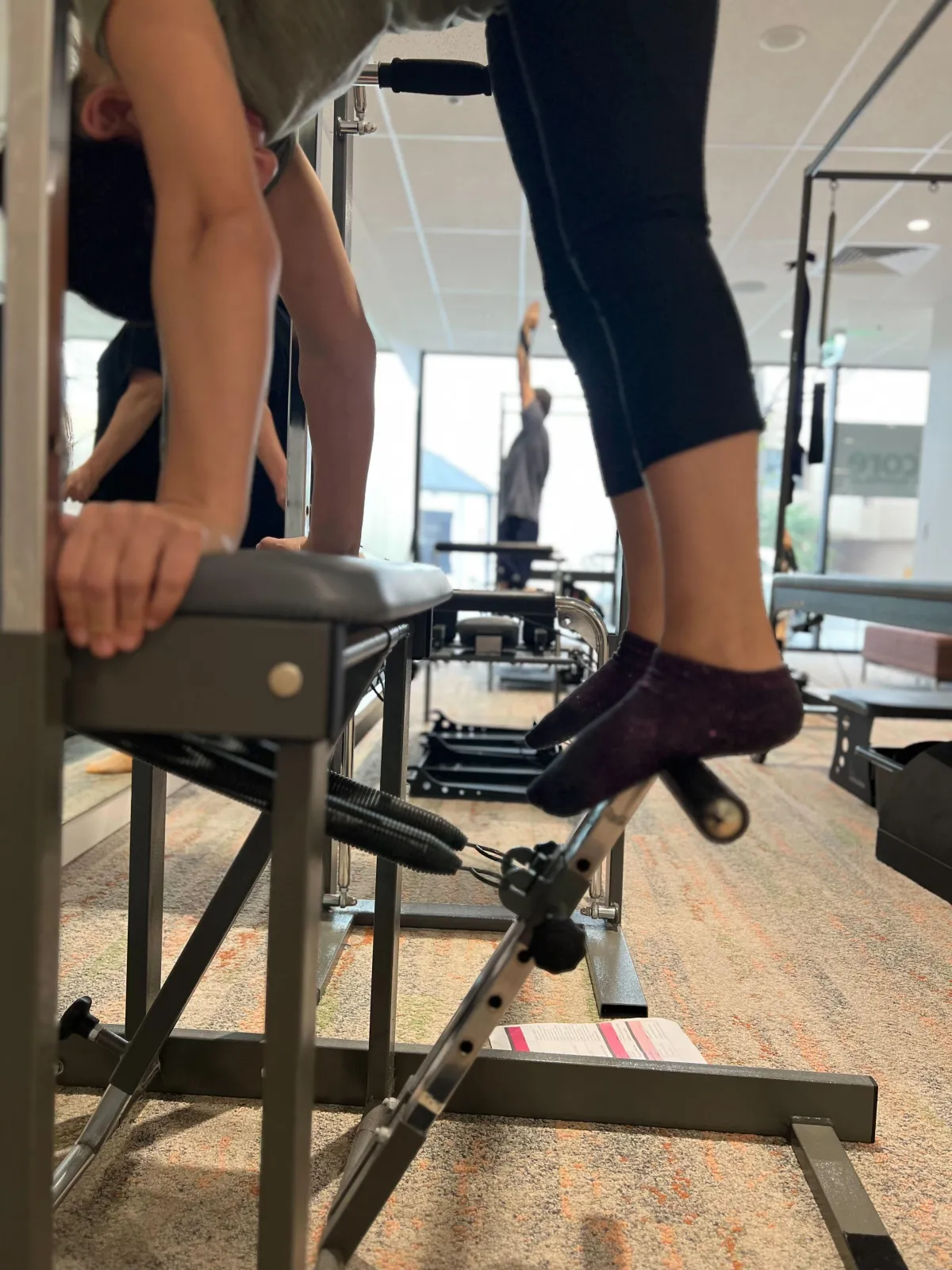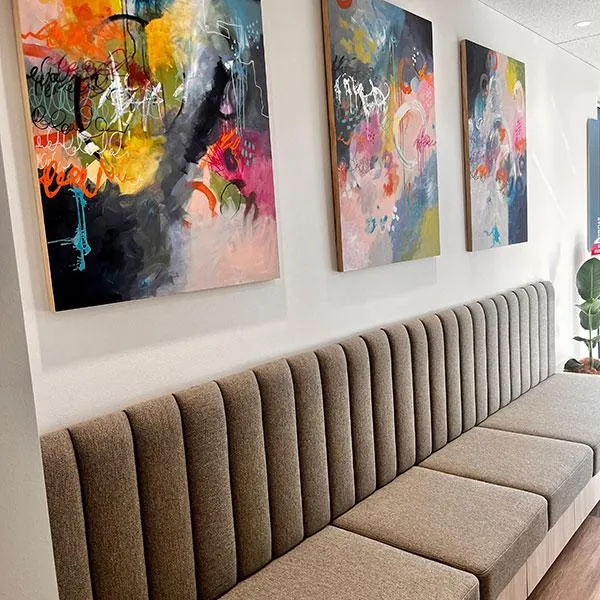
What is Pilates? And Why do Physiotherapists keep going on about it?
I’m so glad you asked!
From a historical standing – Pilates was a person. Joseph Pilates was a German man who loved movement and was involved with gymnastics, diving, skiing and boxing! He is also known to have studied karate, yoga and meditation. It was during World War I while interned at an ally camp he worked to help rehabilitate people injured in battle. Here it is said he learned about bed based resistance devices – where pulleys and springs were used to provide resistance to the limbs of patients. Which is said to have informed the development of the Pilates equipment you may know about.
After the war, Joseph and his wife immigrated to the US. Where they found themselves surrounded by other movement enthusiasts and in proximity to ballet studios which helped refine and grow the popularity of the exercise method. However, the dissemination of Pilates didn’t really kick off until after Pilates’ death, with the publication of “The Pilates Method of Physical and Mental Conditioning” by colleagues in 1980 and more wide sharing of techniques to others willing to instruct.
Things have changed a lot since then. There is plenty more story to tell, but I’m going to jump ahead to now. Physiotherapists globally have taken plenty of inspiration from the ideology and equipment used in Pilates. Then have gone on to use their clinical knowledge to apply this for the benefit of their patients.
Physiotherapist’s love this style of exercise for many reasons. For many suffering with pain associated with injury, such equipment based exercise provides support to move or permits loading in a gentle manner. Movement while injured can be daunting to say the least, being able to provide an environment to explore movement and feel safe is invaluable.
The equipment is incredibly diverse. Adjustable settings and loads which can be used in a various positions allow for near infinite options to explore! Meaning we can support the earliest rehab journey whilst also challenging top level athletes. The opportunity for variety when exercising is also valuable when we meet people who find formal exercise quite repetitive and need change to keep engaged. We know consistency with any exercise program is key and there is no one thing that works for everyone.
Finally, with or without equipment, Pilates exercise takes an approach which tries to consider the whole body. Is mindful of breath, the influence of anatomy and how body parts should relate to each other. Awareness of quality of movement is fundamental, which is something Physiotherapist’s are often trying to develop with patient’s. The emphasis on intentional movement and feel is where a lot of the so called “magic happens”. There is only so much that can be said about this without actually trying it out and seeing it for yourself!
Now, enter Vital Core Physiotherapy’s “Clinical Rehab” classes. We offer equipment based classes where you complete an individualized program that has been developed for you collaboratively with your Physiotherapist. This program considers your goals against your previous and current medical history.
You do not need to have done any Pilates style exercise before. Before joining these classes we assess your current level of movement awareness and ability, and teach you a repertoire of exercises to suit. We consolidate this with you one on one over 3 visits before allowing you to join classes.
That said, it’s not like joining our class is throwing you in the deep end! All Clinical Rehab classes are led (I have purposefully avoided using the word “supervised” here as it doesn’t feel adequate) by trained and experienced Physiotherapists. Yes we’re watching, but we are also giving instruction, offering correction and guiding your position to ensure you’re getting the most out of your program every session. The class is capped at 5 people to ensure everyone is able to receive adequate support. This model allows many people to reap the benefit of Physiotherapy input on an ongoing basis, which we see gets positive results!
If this sounds like something you’re interested in, speak to your Physiotherapist about it next session. However you do not need to be seeing a Physiotherapist for a current injury in order to join – you may be looking to prevent injury or simply work on your general physical fitness! Whatever your goal, we can work with you to achieve it.
Ask a question of Vital Core Physiotherapy
Fill in the form to request a Call From Our Team
One of our team will call you for FREE and answer any questions or concerns you may have about your condition
© 2023 Vital Core Physiotherapy




